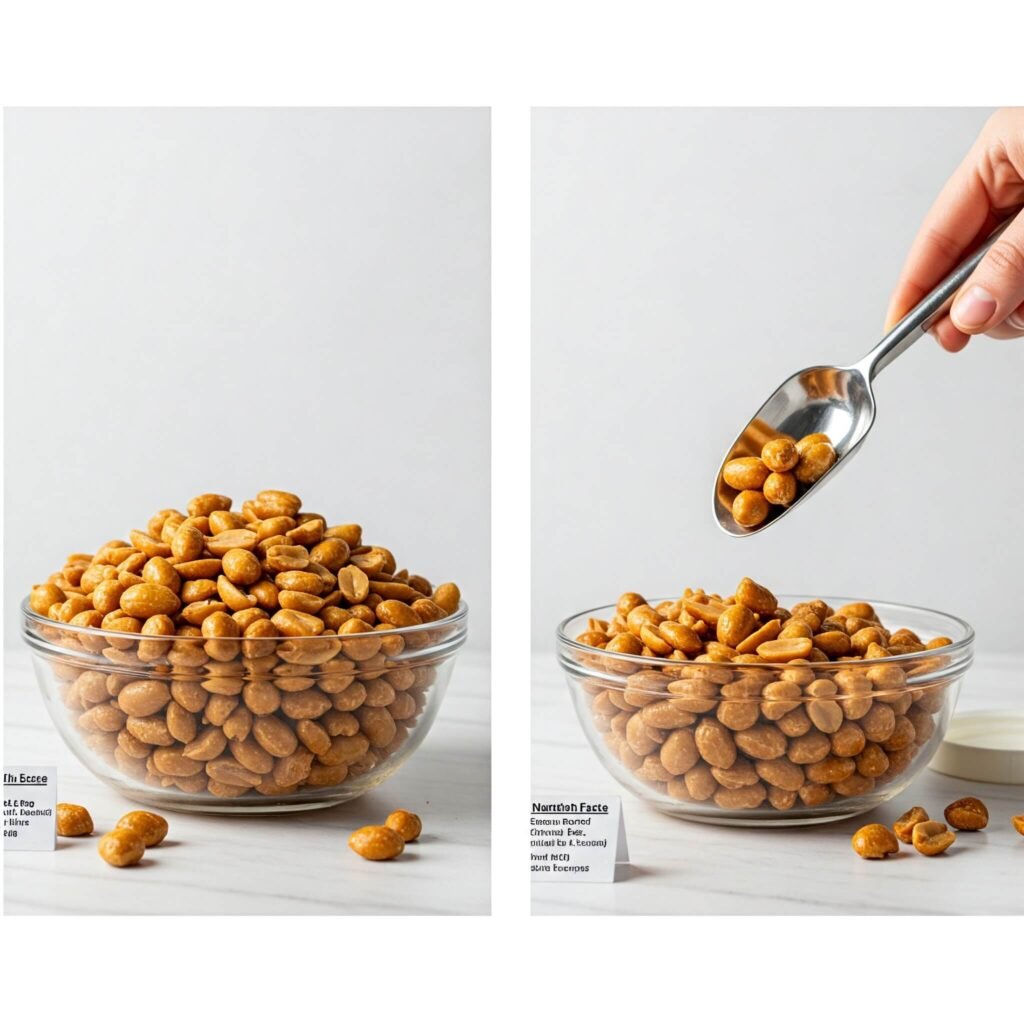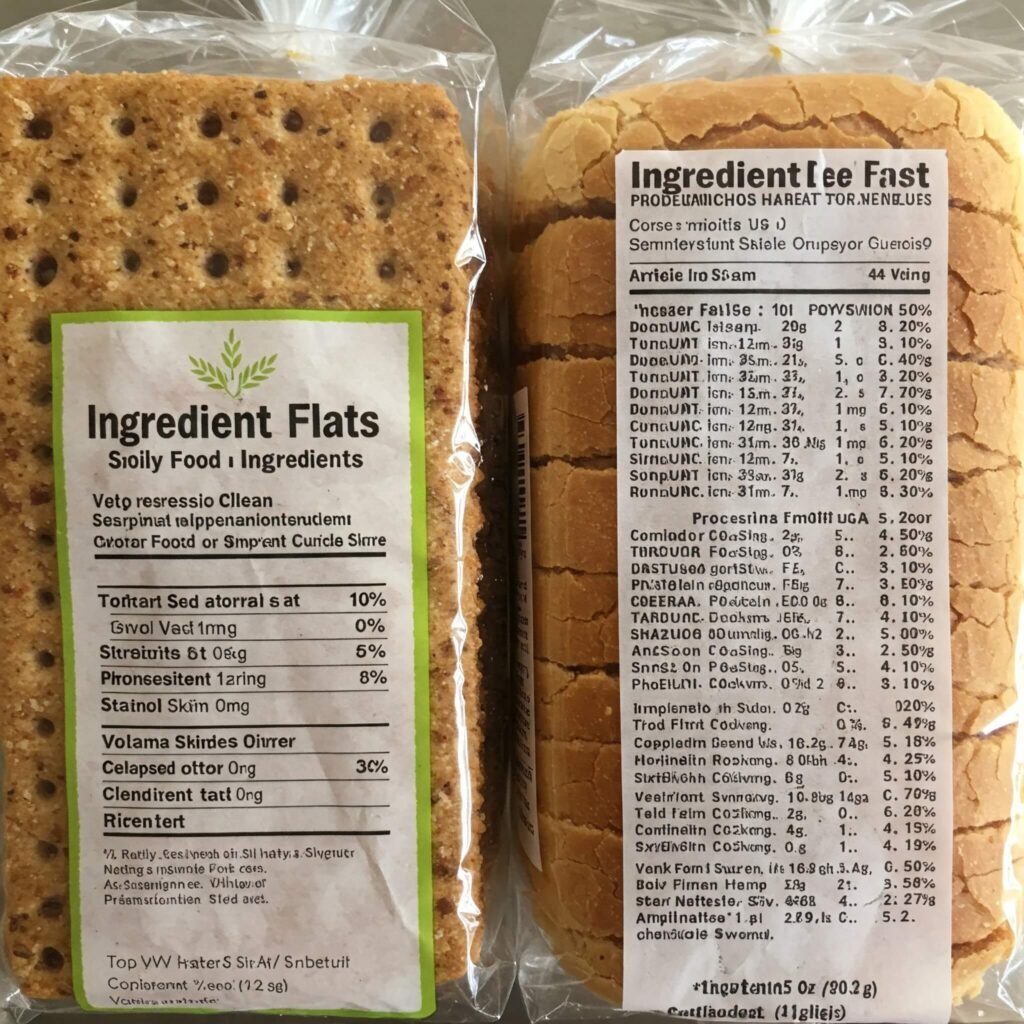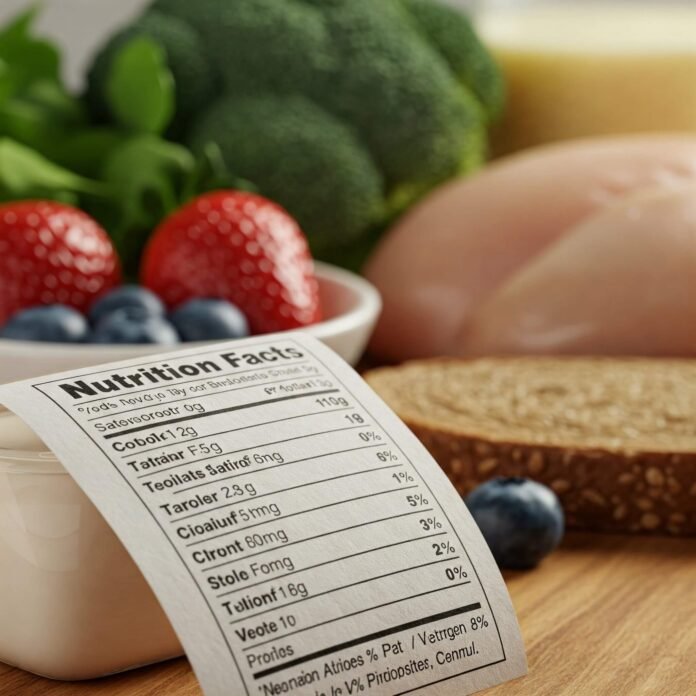Hey there, food explorer! Ever found yourself staring blankly at the side of a cereal box or frozen meal package, feeling overwhelmed by that block of text and numbers labeled Nutrition Facts? You’re definitely not alone. These labels are designed to give us a snapshot of what we’re about to eat, but let’s be honest – they can often feel like reading a foreign language.
But here’s the truth: understanding Nutrition Facts is one of the most powerful tools you have for making informed choices about your diet and overall health. It’s not just about counting calories; it’s about knowing what nutrients you’re getting (or not getting) and what ingredients make up your food. Before you take another bite, let’s peel back the curtain and demystify the Nutrition Facts label together.
Why Understanding Nutrition Facts Matters Before Your Next Meal
Think of the Nutrition Facts label as the food’s ID card. It tells you important details that marketing claims on the front of the package might gloss over. Learning to read and interpret this information empowers you to:
- Make healthier choices: Easily compare products and pick options lower in things like added sugars, unhealthy fats, and sodium.
- Manage dietary needs: Essential for those tracking specific nutrients due to allergies, medical conditions (like diabetes or high blood pressure), or dietary preferences (like veganism or keto).
- Understand portion control: The label is based on a specific serving size, helping you gauge how much you’re actually consuming.
- Spot misleading claims: See if that “healthy” snack is actually loaded with sugar or unhealthy fats by checking the Nutrition Facts.
It’s clear that grasping the basics of Nutrition Facts is fundamental to building a balanced diet and achieving your wellness goals.
Decoding the Nutrition Facts Label: A Step-by-Step Guide
Let’s break down the different sections you’ll find on most standard Nutrition Facts labels. Each part provides a crucial piece of the puzzle.
Starting with the Serving Size on Nutrition Facts
This is arguably the most critical piece of information on the entire label! The serving size tells you the amount of food the rest of the Nutrition Facts information is based on. Pay close attention to the “servings per container” as well.
- Actionable Takeaway: Don’t assume the whole package is a single serving! If you eat two servings, you need to double all the numbers listed below the serving size.
Understanding Calories in Nutrition Facts
Calories represent the energy you get from a serving of the food. This number gives you a quick idea of how much energy you’re consuming. While calorie counting isn’t the only factor in health, it’s important for weight management.
- Real-World Example: A bag of chips might list 150 calories per serving, but if the bag contains 3 servings and you eat the whole thing, you’ve actually consumed 450 calories.
Macronutrients on Nutrition Facts: Fat, Carbs, and Protein
This section details the major nutrients that provide energy.
- Total Fat: Includes saturated, trans, polyunsaturated, and monounsaturated fats.
- Focus on limiting: Saturated and Trans Fats. Trans fats, in particular, are best avoided entirely [Link to credible source on Trans Fats, e.g., FDA or AHA].
- Cholesterol and Sodium: Often listed next to fats.
- Focus on limiting: High intake of both is linked to health issues.
- Total Carbohydrate: Includes dietary fiber and sugars.
- Focus on getting enough: Dietary Fiber is essential for digestion and overall health [Link to credible source on Dietary Fiber, e.g., Mayo Clinic or Harvard Health].
- Focus on limiting: Total Sugars are listed, but pay special attention to Added Sugars, which are sugars not naturally present in the food and contribute extra calories with little nutritional value.
- Protein: Essential for building and repairing tissues.

Micronutrients on Nutrition Facts: Vitamins and Minerals
This part lists essential vitamins and minerals and the percentage of the Daily Value (%DV) they provide per serving. These are crucial for countless bodily functions. The label often includes Vitamin D, Calcium, Iron, and Potassium, among others.
The % Daily Value (%DV) on Nutrition Facts: Your Quick Guide
The %DV is a helpful tool to see how the nutrients in a serving of food contribute to a total daily diet. It’s based on a standard 2,000-calorie diet.
- The 5/20 Rule:
- 5% DV or less is considered low in a nutrient. Aim for this for things you want to limit (like saturated fat, sodium, added sugars).
- 20% DV or more is considered high in a nutrient. Aim for this for things you want to get enough of (like fiber, Vitamin D, calcium, iron, potassium).
- Important Note: The %DV is a general guide. Your individual needs may vary based on age, sex, activity level, and health status.

Don’t Forget the Ingredients List Next to Nutrition Facts!
Often located just below or beside the Nutrition Facts panel is the ingredient list. This is just as important! Ingredients are listed in descending order by weight. This means the first ingredient is the most abundant in the product. 1
- Actionable Takeaway: Look for whole, recognizable foods at the beginning of the list. Be wary of long lists filled with unpronounceable chemicals or multiple forms of sugar listed under different names (e.g., corn syrup, dextrose, sucrose).
Putting Nutrition Facts into Practice Before Your Next Meal
Now that you understand the different parts, how do you use this information effectively?
- Start with Serving Size: Always check this first. Adjust your calculations if you plan to eat more or less than one serving.
- Scan Key Nutrients: Quickly look at calories, saturated fat, added sugars, sodium, and fiber. Are these numbers reasonable for a single serving?
- Check the %DV: Use the 5/20 rule to quickly assess if the food is high or low in important nutrients you’re monitoring.
- Read the Ingredient List: See what the food is primarily made of. Does it align with your goals (e.g., whole grains, lean protein, vegetables)?
- Compare Products: Use the Nutrition Facts to directly compare similar items (e.g., different brands of yogurt, bread, or pasta sauce) to choose the healthier option.

Common Pitfalls When Reading Nutrition Facts
Even with the basics down, it’s easy to get tripped up:
- Ignoring Serving Size: As mentioned, this is the biggest mistake.
- Focusing Only on One Number: Don’t just look at calories or fat. A “low-fat” product might be very high in sugar. Look at the whole picture.
- Misunderstanding %DV: Remember it’s based on a standard diet and a single serving.
The Bottom Line on Nutrition Facts
The Nutrition Facts label is a powerful tool, not a confusing hurdle. By taking a few moments to understand serving sizes, key nutrients, % Daily Value, and the ingredient list, you gain control over what you’re putting into your body.
Making informed decisions based on Nutrition Facts isn’t about being perfect or restrictive; it’s about being aware and empowered. So, before your next meal or snack, take a moment to check the label. Your body will thank you!
































